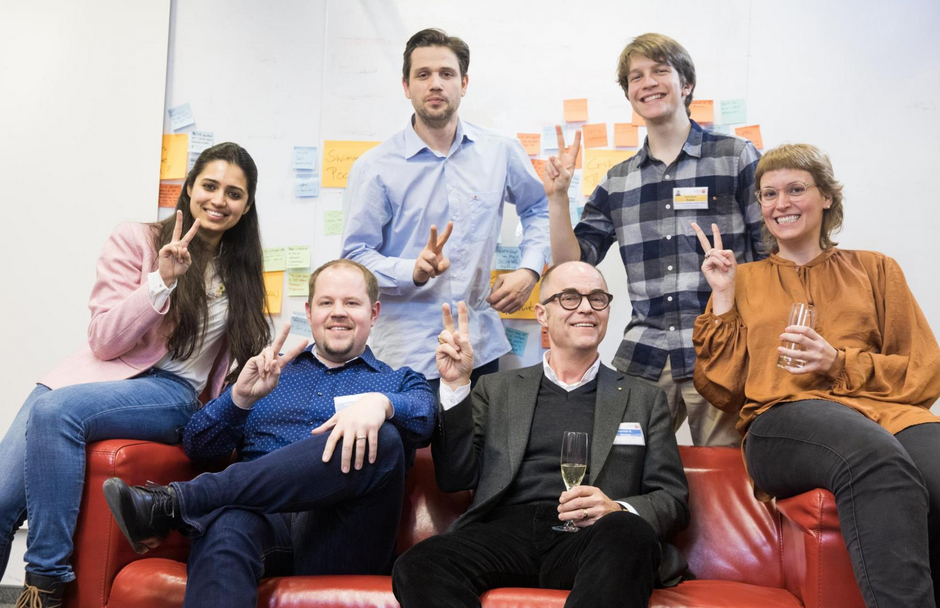"Take no seat" – Ergonomic car experience
Project partner: Veigel
Challenge: Redesign the experience of getting in and out of a vehicle for people with reduced mobility or moderate disabilities.
Small vehicles make it difficult for many people to get in and out of them. This affects older people with decreasing mobility, but also people who are in a certain phase of life and are restricted due to, for example, pregnancy or temporary injury. For these life circumstances, our Design Thinking team has developed ergonomic entry and exit methods that make small cars more attractive again.
In the first step, the students sought dialogue with potential clients of an entry and exit assistance as well as a physiotherapist. The aim was to better understand their feelings, hopes, fears and habits in order to develop a needs-oriented product.
Within the Design Thinking process, they developed many different concepts, always under the premise of discreetly supporting the movement restrictions of the potential users and not emphazising them. In a two-day co-creation workshop at the project partner Veigel, the HPI D-School students tested the prototypes together with employees and finally settled on three favorites: a pull strap for getting in and out of the car, a door safety system to prevent paint scratches on other cars, and a door stop mechanism that can be used to pull oneself up on the car door.
The project partner Veigel was particularly enthusiastic about the catch strap as a door-stop mechanism and developed a market-ready version. The cooperation with the student team and the introduction to the methods and working culture of Design Thinking also set new impulses in the company. Veigel trained its own Design Thinking coach and implemented the first in-house Design Thinking projects.
Veigel CEO Jann Swyter emphazises that since the cooperation with students from the HPI D-School, the company has also been putting together cross-departmental teams, thinking in a more networked way, acting in a more customer-oriented way and integrating rapid prototyping sessions into the work process. In this way, the integration of Design Thinking is creating, step by step, a more agile corporate culture with even more innovation potential.

